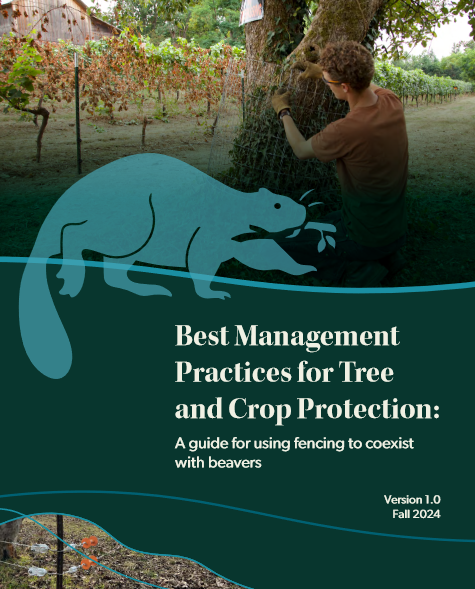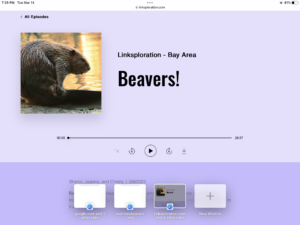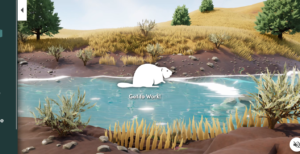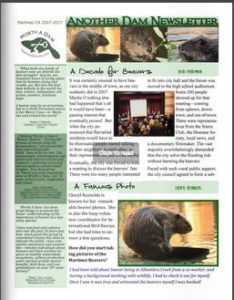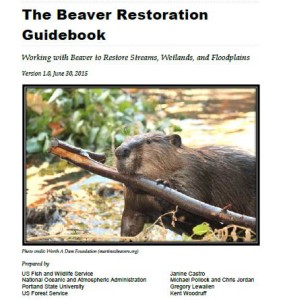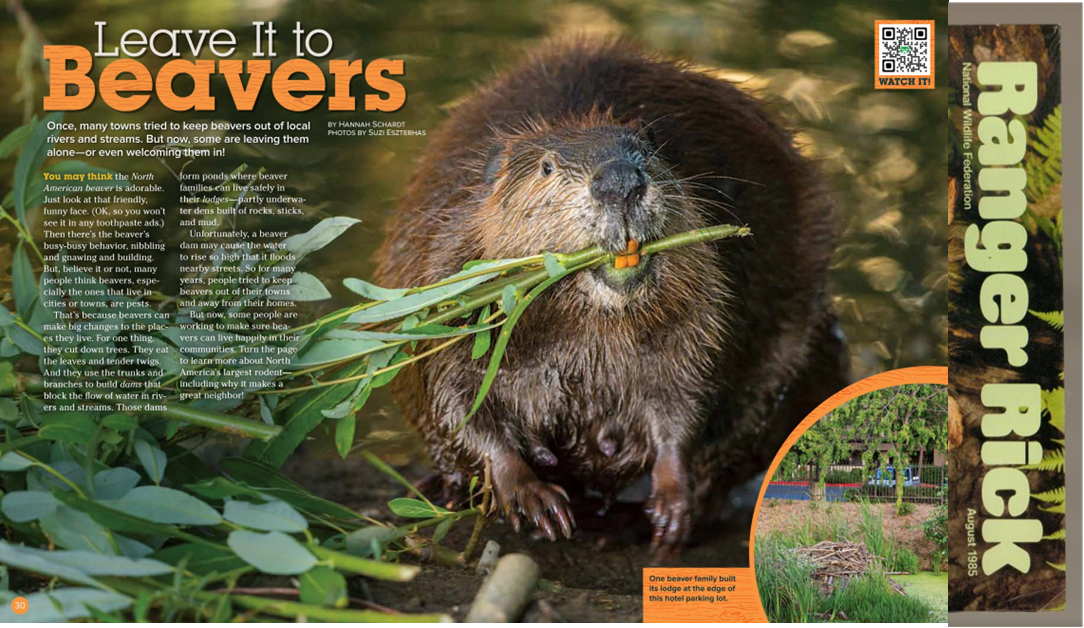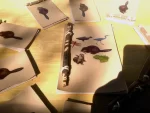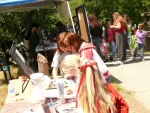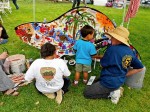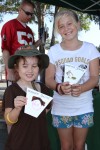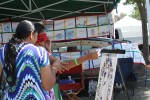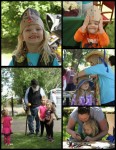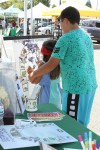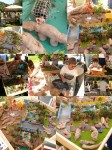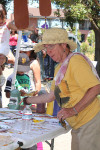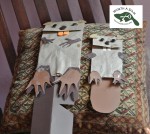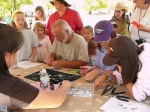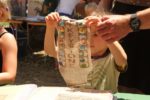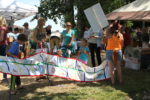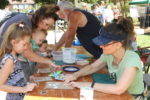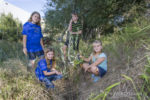I’m suddenly feeling like an old retired ballerina watching my protege take the stage. I have to be honest, it does feel a little wistful – that used to be my life kinda thing – but man-o-man it mostly feels WONDERFUL!
Beavers an education for residents, city

A new beaver management plan could yet turn Port Moody into a paradise for the resourceful rodents.
But it will have to respect the science about the animals’ habits and lifestyle while finding a balance within urban environments where they’re settling.

That’s the best-case scenario, according to a pair of local advocates for fur-bearing animals, Judy Taylor-Atkinson and husband Jim Atkinson.
They were observers when a beaver pair made Pigeon Creek, in their Klahanie neighbourhood, home in 2016 and then became a family of four last summer. And they shared the community’s anguish when one of the young kits drowned in December as city crews attempted to trap and evict it from a den the beavers had constructed in a storm pipe that drains rainwater and prevents flooding.
Ahh how glorious! I’m beside myself with glee. And should our mayor be too to think that Judy and Jim are driving from B.C. to Martinez to attend our beaver festival! I’m told they already made their reservations;
Taylor-Atkinson has been studying the science of beavers and their management for years while her husband helps install flow regulators into dams to diminish the chances of damaging floods. Both are on the board of the Association for the Protection of Fur-Bearing Animals (The Fur-Bearers).
Beavers are notoriously nocturnal, Taylor-Atkinson said, but once they settled into their new home in the stream that runs amidst low-rise condo buildings, they grew accustomed to the human hustle and bustle around them. A curiosity quickly became a real life neighbourhood nature show.
While nearby trees that had been planted by the developer were wrapped to protect them from the beavers’ toothy toil, the natural habitat along the creek’s banks was left alone and the beavers’ activities respected. One neighbour even attached a log book in a plastic sleeve on the bridge railing so visitors could note their observations.
Taylor-Atkinson said the transformation of the creek to a beaver ecosystem was remarkable. The still water attracted bugs like dragonflies to alight, which attracted birds and bats and salamanders to eat them. The cool, sheltered eddies created by fallen limbs and branches in the water were perfect resting places for salmon fingerlings, which attracted ducks and even a juvenile heron to make the occasional visit for a snack. The dam filtered sediment, clearing the water and pushing it into the creek’s banks, encouraging new growth like bullrushes to take root.
“They were repairing the habitat,” Taylor-Atkinson said, adding beavers are considered a “keystone species” around which an entire ecosystem revolves — a marked contrast to old-school thinking that beavers and their industrious ways are a nuisance, especially in urban environments.
Those two paragraphs! SNIFF! I’m sooooooo proud. To think of how many people will be inspired by this story and think maybe they can maybe do something just a little bit different in their own city when the time comes! Ahhhh, Go read the whole thing and send it to your cousins. I’m going to bask in the thought that Martinez own hard fought story made this just a little easier to happen. And their story will make it that much easier for the next one.
“When this creek was built, nobody knew they were creating an ideal beaver habitat.”
Keeping it that way will be a matter of education and good science, she said — and a legacy for the young beaver that perished.
“We didn’t lose that kit for nothing.”
No you did not. That unfortunate kit played a crucial role in his entire families story. And his cousins. And extended family. And in ours. Thank you so much, Judy and Jim.
Just one question. Do you think they make everyone wear jackets that match the sign all the time? Or just for photo shoots?

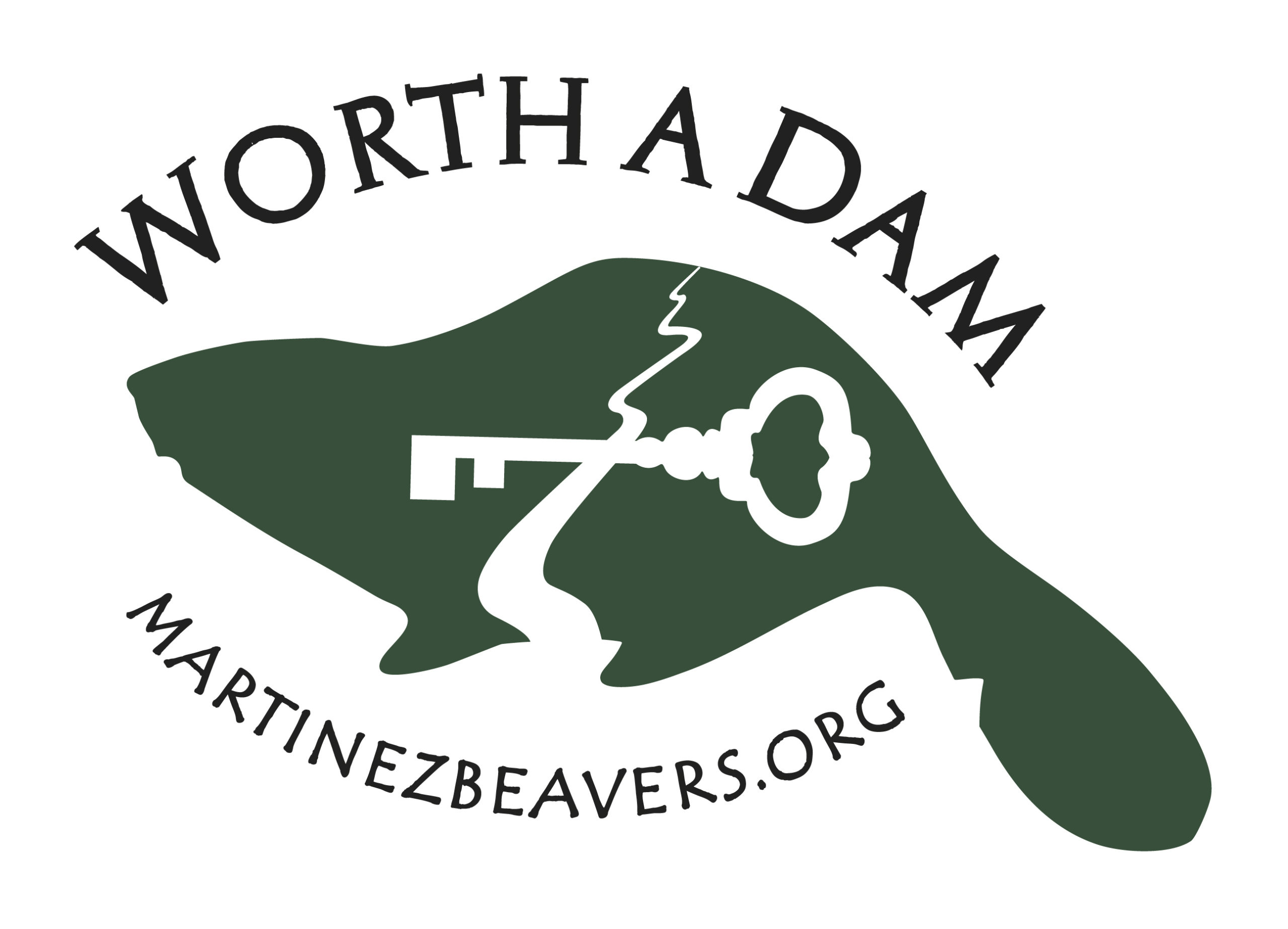


 She says that while many see the animals as nothing short of a nuisance, they in fact provide key benefits to wetlands.
She says that while many see the animals as nothing short of a nuisance, they in fact provide key benefits to wetlands.
 Congratulations Judy and all of the people who made this happen!
Congratulations Judy and all of the people who made this happen!  Connie is an
Connie is an 
 The frigid winter thawed to good weather.
The frigid winter thawed to good weather.

 The Town has pulled traps it had set on Lakeshore Drive early this fall to catch a pesky beaver chewing on trees near a pond area adjacent to the Walnut Beach Resort.
The Town has pulled traps it had set on Lakeshore Drive early this fall to catch a pesky beaver chewing on trees near a pond area adjacent to the Walnut Beach Resort.



